-
2019.04.30
Allergen-specific IgE measurements and the clinical history are the cornerstones of allergy diagnosis. During the past decades, both characterization and standardization of allergen extracts and assay technology have improved. Here we discuss the uses, advantages, misinterpretations, and limitations of ImmunoCAP IgE assays (Thermo Fisher Scientific/Phadia, Uppsala, Sweden) in the field of allergology. READ MORE
READ MORE -
2019.04.15
Background Over the last decades, genomics and proteomics have contributed to the current knowledge of individualized allergenic components and their potential use in the diagnosis of IgE‐mediated allergies. Recent investigations have demonstrated that Alt a 1 should be considered as a relevant allergen of the Pleosporaceae group and that enolase is the main allergen involved in the cross‐reactivity to fungi. However, the real utility of these allergens as tools for the diagnosis of allergy to Alternaria is still unclear. Objective To demonstrate the current value of the available fungal allergen panel and the need to build an accurate mould allergen array for the diagnosis of allergy to Pleosporaceae. READ MORE
READ MORE -
2019.04.15
The extensive use of allergen molecules in birth cohort studies revealed that atopic sensitization is a sequential IgE response to distinct non–cross-reacting molecules from the same allergenic source (ie, molecular spreading), starting with an initiator molecule. This phenomenon reaches different degrees of progression (monomolecular, oligomolecular, and polymolecular) according to the individual atopic propensity and allergen exposure, thus producing an extreme heterogeneity of IgE sensitization profiles in patient populations. In patients with allergic rhinitis, the broader the IgE molecular sensitization profile, the greater is the risk of asthma and other allergic comorbidities, such as oral allergy syndrome. READ MORE
READ MORE -
2019.04.15
Background: There is an increasing interest in targeted application of probiotic bacteria for prevention and treatment of airway diseases, including allergies. Here, we investigated the beneficial effects of preventive intranasal treatment with probiotics Lactobacillus rhamnosus GG and L. rhamnosus GR-1 in a mouse model of allergic asthma.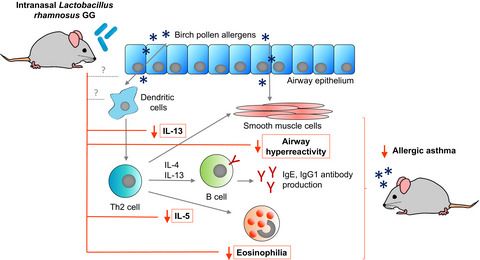 READ MORE
READ MORE -
2019.04.15
Asthma is the most prevalent chronic disease of childhood. Recently, we identified a critical window early in the life of both mice and Canadian infants during which gut microbial changes (dysbiosis) affect asthma development. Given geographic differences in human gut microbiota worldwide, we studied the effects of gut microbial dysbiosis on atopic wheeze in a population living in a distinct developing world environment.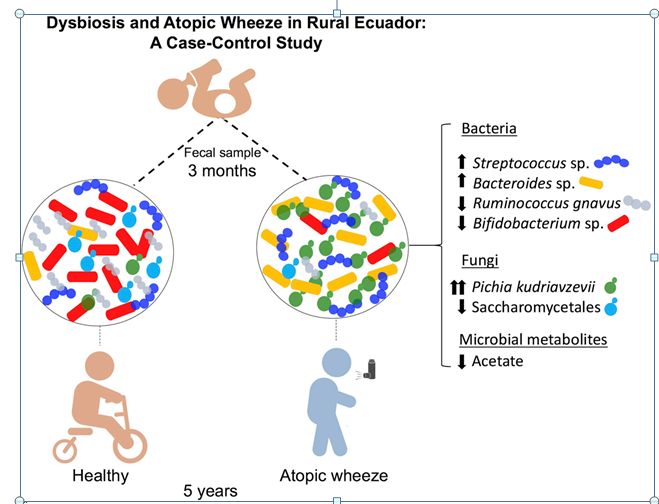 READ MORE
READ MORE -
2019.04.15
Primary human blood-derived mast cells (MCs) were generated from peripheral blood precursors, sensitized with patients' sera, and then incubated with allergen. MC degranulation was assessed by means of flow cytometry and mediator release. We compared the diagnostic performance of MATs with that of existing diagnostic tools to assess in a cohort of peanut-sensitized subjects undergoing double-blind, placebo-controlled challenge.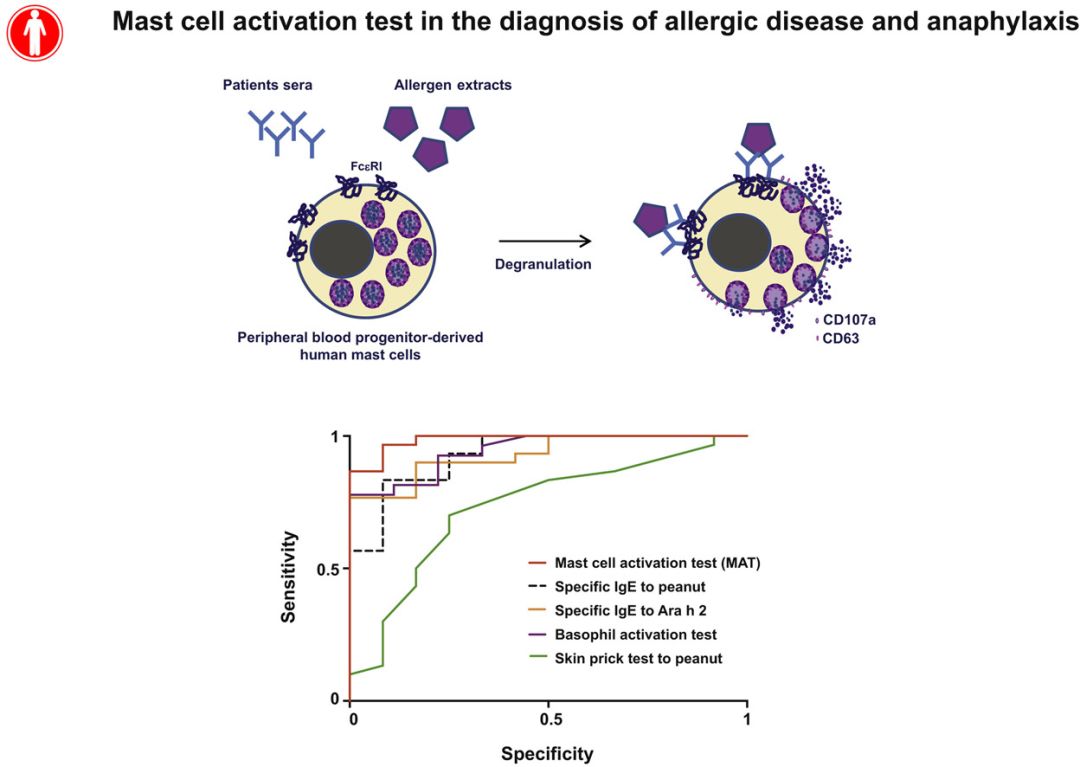 READ MORE
READ MORE -
2019.04.15
The intestinal microbiota plays an important role in development of the immune system and regulation of immune responses. This review summarizes the association between the intestinal microbiota and the development of allergic sensitization, eczema, and asthma in neonates and children. Overall, a greater relative abundance of Bacteroidaceae, Clostridiaceae, and Enterobacteriaceae and a lower relative abundance of Bifidobacteriaceae and Lactobacillaceae is associated with the development of allergic sensitization, eczema, or asthma. Reduced bacterial diversity can be associated with the development of allergic disease. READ MORE
READ MORE -
2019.04.04
Oral microbiota maturation during the first 7 years of life in relation to allergy developmentBackground: Allergic diseases have become a major public health problem in affluent societies. Microbial colonization early in life seems to be critical for instructing regulation on immune system maturation and allergy development in children. Even though the oral cavity is the first site of encounter between a majority of foreign antigens and the immune system, the influence of oral bacteria on allergy development has not yet been reported.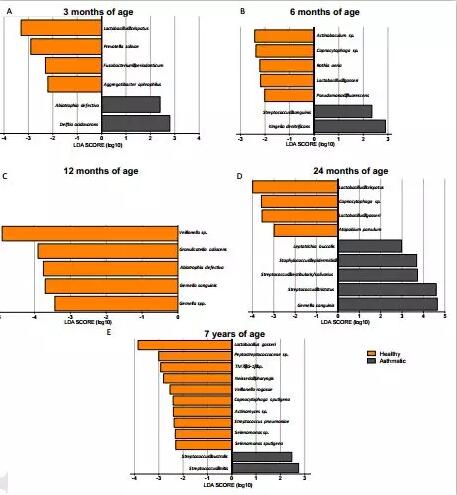 READ MORE
READ MORE -
2019.04.04
Integrative Analysis of the Intestinal Metabolome of Childhood AsthmaBackground The intestinal metabolome reflects biological consequences of diverse exposures and may provide insight into asthma pathophysiology.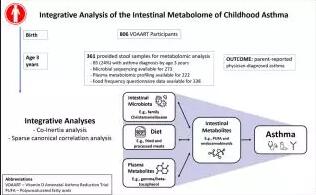 READ MORE
READ MORE -
2019.04.04
Understanding differences in allergen immunotherapy products and practices in North AmericaAllergen immunotherapy (AIT) is thought to be clinically effective and safe in treating allergic rhinitis, asthma, and stinging insect allergy in Europe and North America. However, there are intercontinental differences in AIT therapeutic products in terms of their application and regulation. READ MORE
READ MORE -
2019.03.27
Patients of allergic rhinitis (n=52) sensitized to dust mite were treated with subcutaneous immunotherapy using standardized D. pteronyssinus (Dp) extract. Patients with allergic rhinitis (n=14) sensitized to dust mites who received medications alone were controls. Specific IgE and IgG4 against Dp, D.farina(Df) and corresponding major allergens of group 1 (Dp1 and Df1) and group 2 (Dp2 and Df2) were measured before AIT, 6 months and 12 months later. READ MORE
READ MORE -
2019.03.27
Cow’s milk allergy (CMA) is a frequent cause of severe allergic reactions and anaphylaxis in children. Oral immunotherapy (OIT) has shown promising results with immunological changes occurring during desensitization. Our team at the Research Institute of McGill University Health Centre has demonstrated an increase in serum IgG4 during the escalation and maintenance phases of milk OIT. We assessed the changes in salivary IgG4 during milk OIT, as a potential non-invasive biomarker of desensitization. READ MORE
READ MORE -
2019.03.15
Gibberellin‐regulated protein (GRP) is a new allergen in peach allergy, with an amino acid sequence very well conserved through several botanical species. We investigated the allergenicity of GRP in fruit allergies other than peaches and identified the clinical characteristics of fruit allergy patients with GRP sensitization. One hundred consecutive Japanese patients with fruit allergies were enrolled in the present study. To identify the features of GRP sensitization, we selected patients with negative ImmunoCAP results for Bet v 1 homologs and profilin, which are marker allergens for pollen‐food allergy syndrome (PFAS), or lipid transfer protein. These patients underwent specific immunoglobulin E measurements by enzyme‐linked immunosorbent assay (ELISA) and skin prick tests (SPT) using purified nPru p 7. READ MORE
READ MORE -
2019.03.15
IgE to galactose-α-1,3-galactose and the α-Gal syndrome: Insights from basophil activation testing https://doi.org/10.1016/j.jaci.2018.10.029 All Authors:Jeffrey M.WilsonMD, PhDThomas A.E.Platts-MillsMD, PhD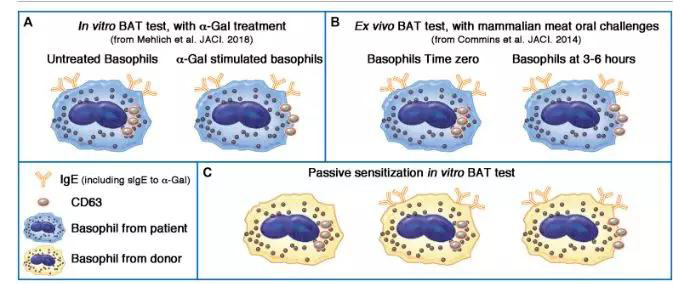 READ MORE
READ MORE -
2019.03.15
Disease severity in patients with atopic dermatitis (AD) is directly correlated with colonization by Staphylococcus aureus.1 An increasing body of evidence now also supports a role for S aureus in the pathogenesis of AD in genetically susceptible subjects.2 Increased prevalence of S aureus preceding and coinciding with AD onset in an infant cohort suggests that early skin colonization can contribute to the development of clinical AD. However, these findings only partially explain the complex role of this organism given that another birth cohort4 did not demonstrate S aureus colonization before development of infantile AD but did show a protective effect of commensal staphylococci against later development of AD.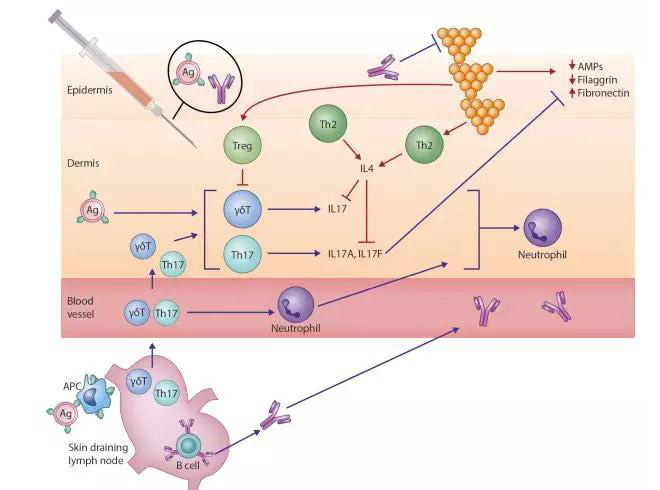 READ MORE
READ MORE -
2019.03.01
IgE-mediated hypersensitivity to ingested animal products, including both mammalian and avian sources, is increasingly appreciated as an important form of food allergy. Traditionally described largely in children, it is now clear that allergy to meat (and animal viscera) impacts both children and adults and represents a heterogeneous group of allergic disorders with multiple distinct syndromes. The recognition of entities such as pork-cat syndrome and delayed anaphylaxis to red meat, i.e- the α-Gal syndrome, have shed light on fundamental, and in some cases newly appreciated, features of allergic disease. These include insights into routes of exposure and mechanisms of sensitization, as well as the realization that IgE-mediated reactions can be delayed by several hours. Here we review mammalian and avian meat allergy with an emphasis on the molecular allergens and pathways that contribute to disease, as well as the role of in vitro IgE testing in diagnosis and management. READ MORE
READ MORE -
2019.03.01
As an interface with the environment, the skin is a complex ecosystem colonized by many microorganisms that coexist in an established balance. The cutaneous microbiome inhibits colonization with pathogens, such as Staphylococcus aureus, and is a crucial component for function of the epidermal barrier. Moreover, crosstalk between commensals and the immune system is now recognized because microorganisms can modulate both innate and adaptive immune responses. Host-commensal interactions also have an effect on the developing immune system in infants and, subsequently, the occurrence of diseases, such as asthma and atopic dermatitis (AD).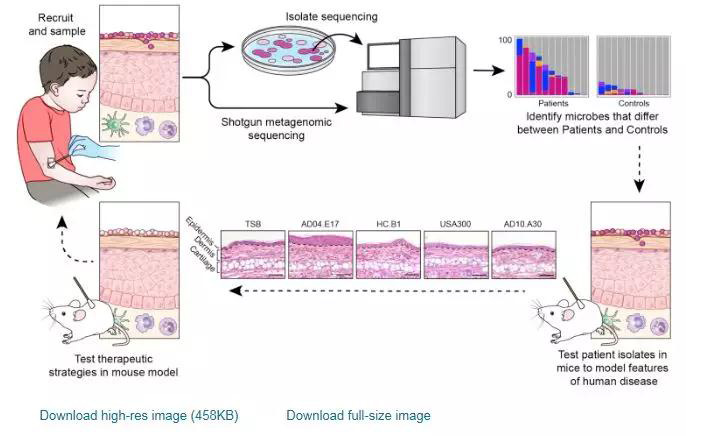 READ MORE
READ MORE -
2019.03.01
The analysis of allergen-specific IgE responses in birth cohorts with micro-arrayed allergens has provided detailed information regarding the evolution of specific IgE responses in children. High resolution data regarding early development of allergen-specific IgG are needed.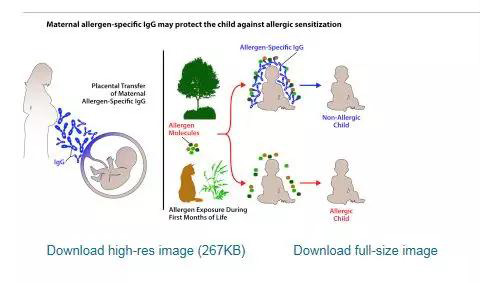 READ MORE
READ MORE -
2019.03.01
This analysis was based on 834 women from the Study on the influence of Air pollution on Lung Function, Inflammation and Ageing cohort in Germany. Incident symptoms of eczema after age 55 years and prevalent symptoms of eczema 12 months or less before investigation were assessed by means of questionnaire at the second follow-up (2007-2010). Total serum IgE levels were measured at baseline (1985-1994) and in 2007-2010. Exposure to air pollution was assessed by using land-use regression. Adjusted logistic regression models were applied to estimate the association between air pollution and incident and prevalent symptoms of eczema. Weighted genetic risk scores were used to investigate the effect of atopic eczema–related risk alleles on this association. READ MORE
READ MORE -
2019.02.20
Eosinophils are multifunctional granulocytes capable of releasing various cytokines, chemokines, and lipid mediators. We previously reported dysregulated fatty acid metabolism in peripheral blood-derived eosinophils from patients with severe asthma.However, functional characteristics of eosinophils present in allergic inflammatory tissues remains largely uncharacterized.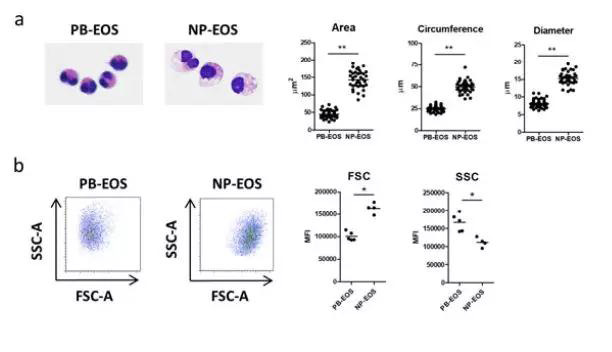 READ MORE
READ MORE
MK手机投注 | 安博·体育(中国)有限公司-官网 | 乐动官方网站 | 星空手机版 | 星空手机版 | mk体育(MKsports集团)股份公司 | 安博手机网页版登录入口 | 华体平台 | 千亿体育官网在线登录入口中国有限公司 |
 华亿体育(中国)游戏平台
华亿体育(中国)游戏平台
